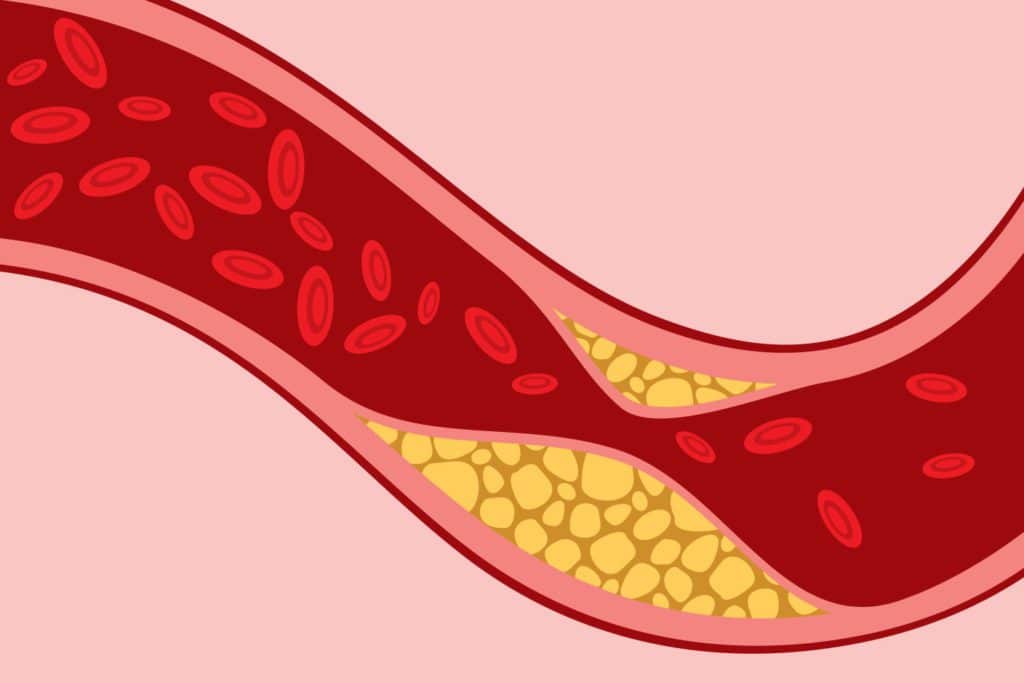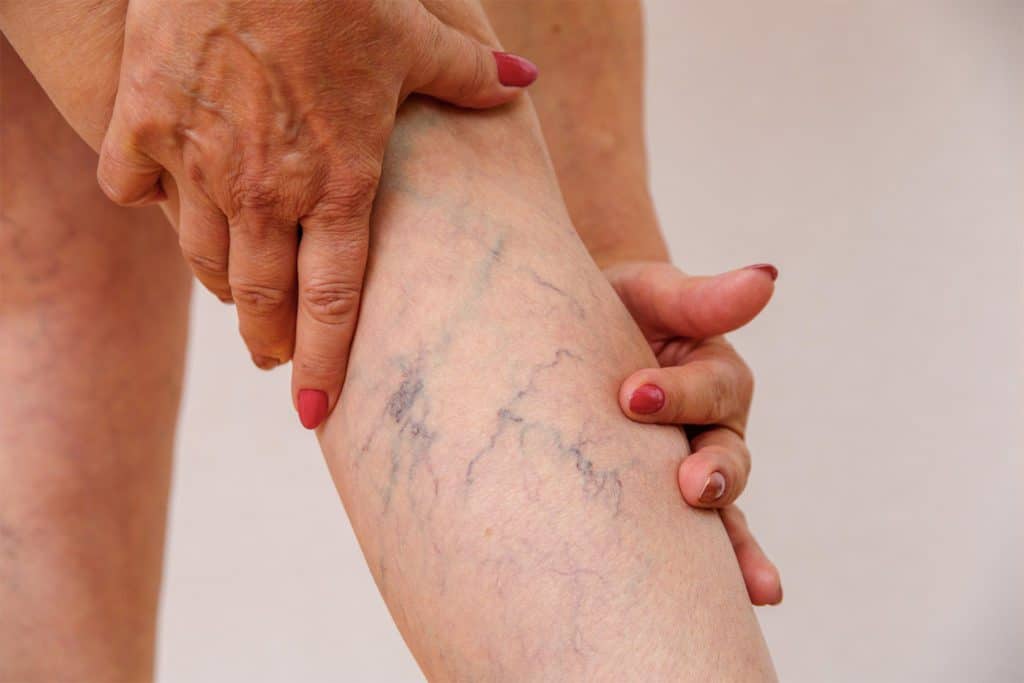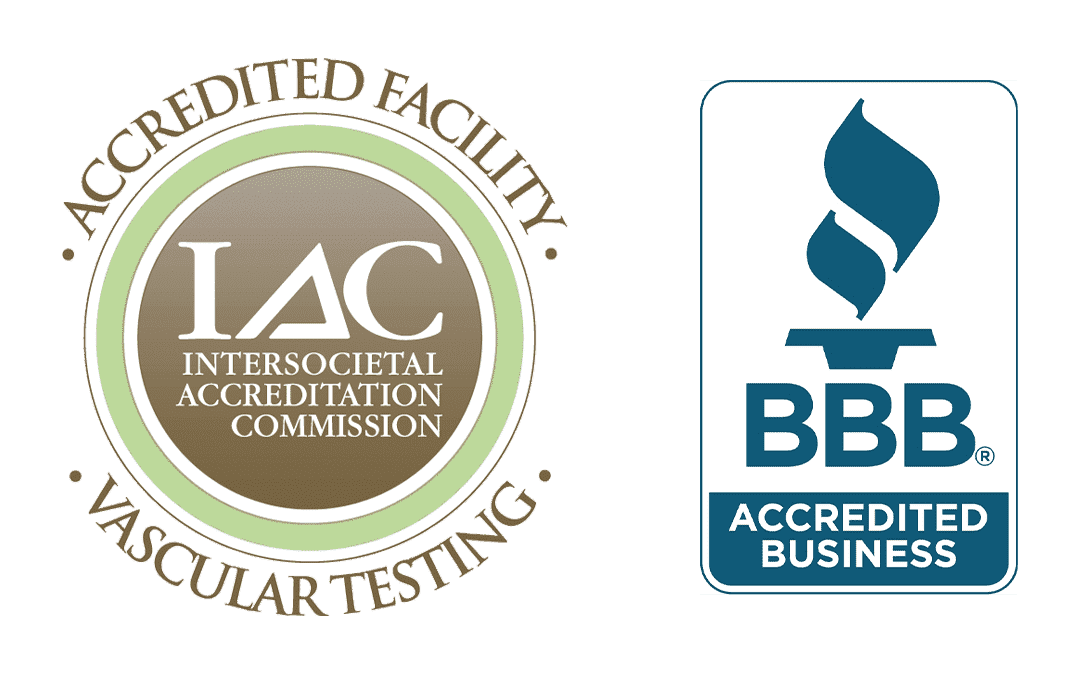A common complication of post-thrombotic syndrome can occur in patients after experiencing a Deep Vein Thrombosis (DVT). The small valves found inside the veins in the arms and legs allow/help the blood to flow properly in the body. If a DVT occurs, the clot/blockage can damage the valves, preventing proper blood flow from happening.
The valves in your veins are responsible for making sure the blood is flowing toward the heart. However, reflux can occur when the blood flows in the opposite direction because of the damaged valves. This abnormal flow causes discomfort, swelling, and skin damage in patients.

If you are experiencing these signs/symptoms and have had a DVT, listen to your body and be evaluated.

You Have a Choice When It Comes to Vascular Care.
Get an Appointment at VIC In 3 to 5 Days – Without a Referral!
You Have a Choice When It Comes to Vascular Care.
Get an Appointment at VIC In 3 to 5 Days – Without a Referral!
In patients who show the signs of chronic venous insufficiency, swelling of the leg and skin changes, or who have had known DVT, a vascular specialist exam is required to stage the disease process. Often an ultrasound would be performed to detect chronic DVT or valvular dysfunction. Preventive measures for vein and skin health would be recommended.

While the condition cannot be reversed, it can be managed with lifestyle changes. The progression of the disease will lead to discomfort, itchiness, and redness of the skin on the legs. Pressure in the legs worsens over time, and the vein walls and valves are affected, limiting the blood flow and making it a true mobility problem for some. Venous ulcers or sores can form at the ankle area and can be very difficult to treat.
Listen to your body always. If you notice increasing pain or an ulcer forming on the leg, the presence of infection on an ulcer that is already present, increased swelling, or heaviness in the legs, this is when you need to reach out to your provider to be checked and evaluated to prevent further damage that may occur.
